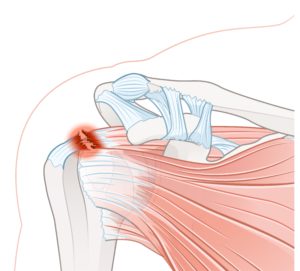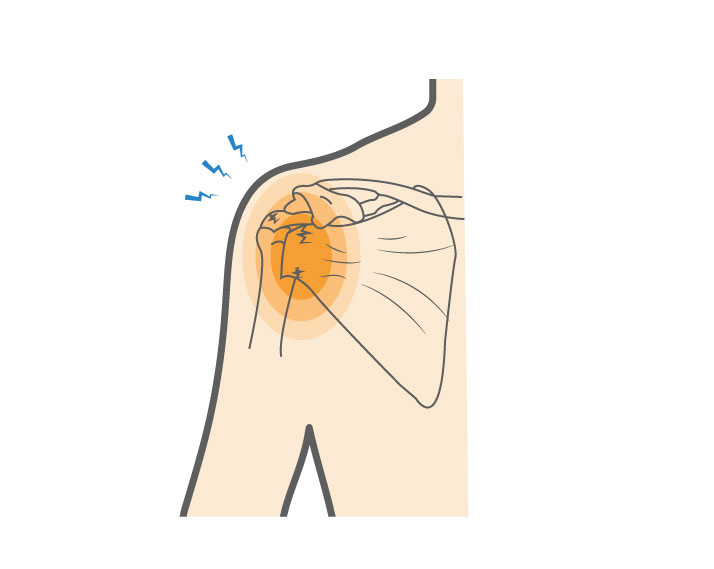If you have pain in your shoulder that does not go away or that increasingly worsens over time, this could be a sign of a rotator cuff tear, and you should make an appointment to see an orthopedic specialist. If you experience loss of motion after an injury or are experiencing extreme pain, see an orthopedic specialist immediately.
During your appointment, your doctor will examine your shoulder and ask you to describe your symptoms. They will also perform a physical examination, observing your range of motion and the strength of the arm on the same side as the affected shoulder. This will help them suggest a treatment for a rotator cuff tear.
If you have a rotator cuff tear, it is important to determine whether the shoulder tendon tear is partial or complete. To make a diagnosis, your doctor may prescribe certain imaging tests, like:



